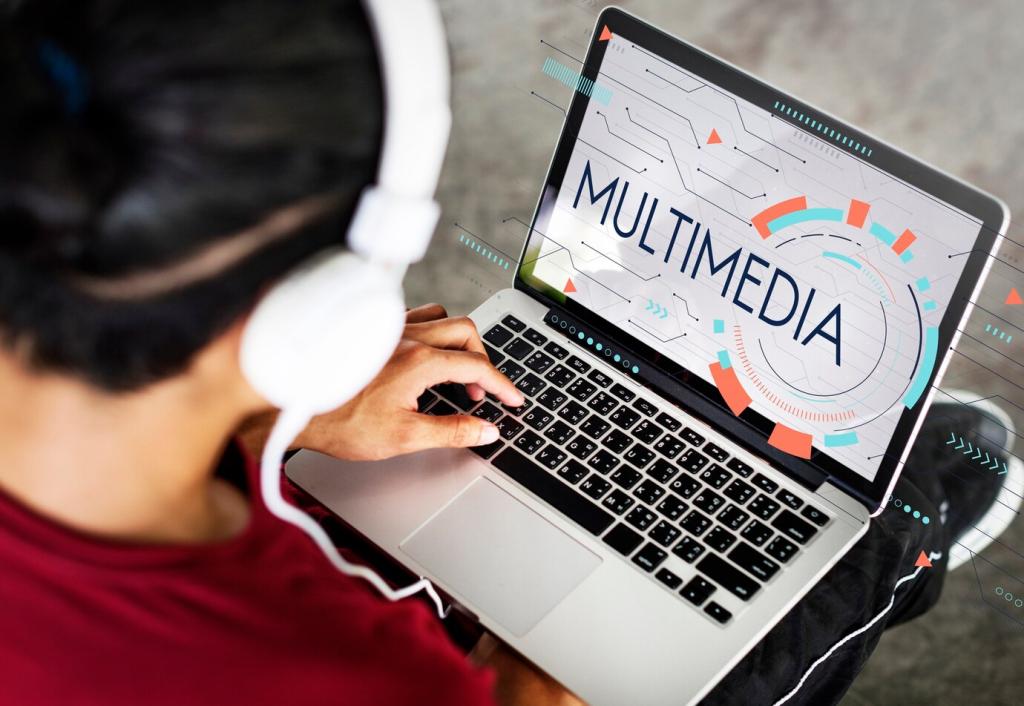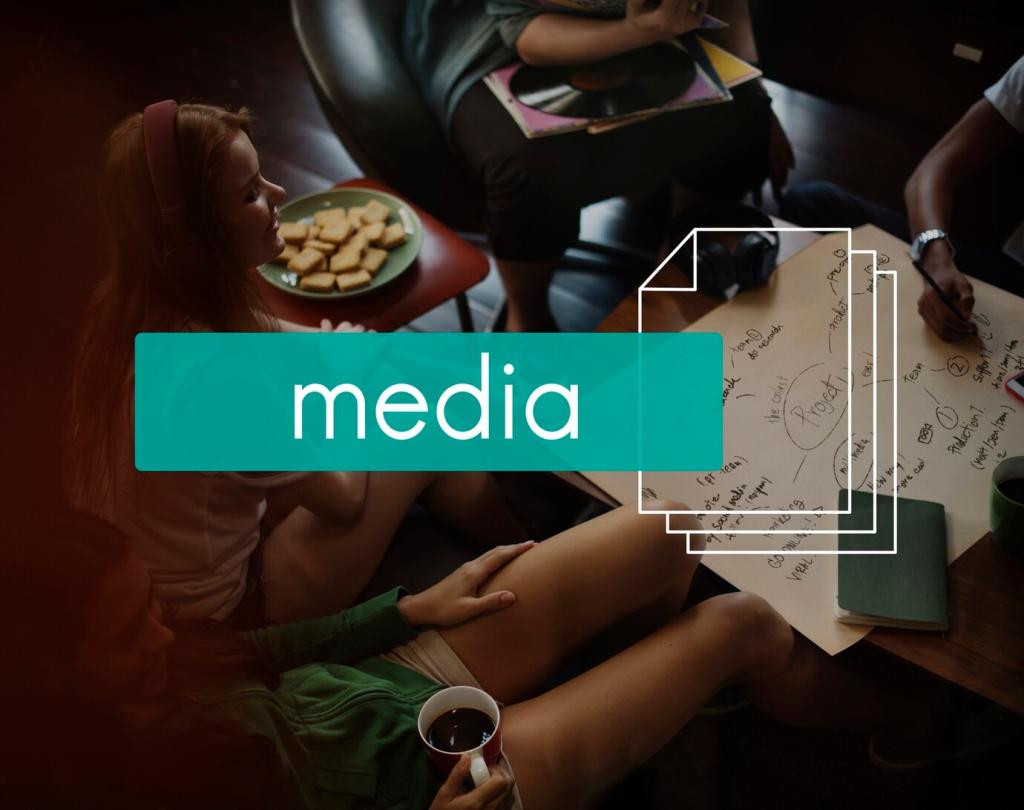From Analog to Digital: A Timeline of Transformation
The satellite era enabled truly global, round-the-clock coverage, from conflict zones to space shuttle launches. Viewers learned to expect immediacy, while producers rewired rundowns for breaking updates. What nonstop moments do you remember?
From Analog to Digital: A Timeline of Transformation
When tape gave way to digital, edits moved from razor blades to timelines. Reporters filed from laptops, producers reordered segments instantly, and archives became searchable goldmines. Comment if digital search ever helped you revisit a landmark broadcast.
From Analog to Digital: A Timeline of Transformation
Smartphones turned any curb into a live position. During wildfires, floods, and protests, bonded apps replaced bulky rigs, capturing raw, authentic moments. Did a mobile stream ever bring you closer to a story you cared about?






